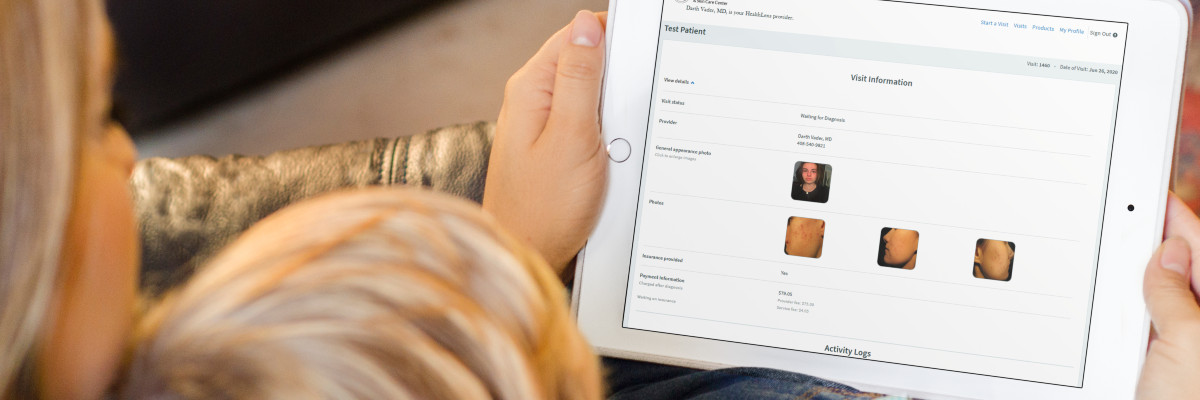Benefits of Asynchronous Telehealth


Store-and-forward or “asynchronous” telehealth is the most cost–effective way to treat your patients online. There is no scheduling involved or limits to how many patients you can see in a day.
Telehealth overview
Telehealth is divided into three primary modalities:
1. Asynchronous (store-and-forward)
2. Synchronous (real-time or live-video)
3. Remote patient monitoring
HealthLens is an asynchronous (store-and-forward) telehealth platform that works like email. Patients can send images and medical information to their healthcare provider who will then review the information and respond at a later time.
Advantages of asynchronous telehealth
The benefits of asynchronous telehealth for patients and healthcare providers are numerous.
Patients love asynchronous telehealth because it gives them the flexibility to submit an online visit to their healthcare provider at any time of the day. There is no waiting for the next available appointment like with office visits or live-video.
The chief beneficiary of asynchronous telehealth however is the healthcare provider. Since there is no scheduling involved, providers can complete online visits when it fits into their schedule such as in between in-office visits, during lunch, or after hours. Providers love HealthLens because it does not make them feel like they are on call.
Another advantage of asynchronous telehealth is efficiency. Intaking, diagnosing, prescribing, and charting for a patient encounter that occurs in the office or on a video call takes at least 30 minutes depending on the complexity of the patient’s complaint. Since the patient intake is automated, completing a store-and-forward visit on HealthLens takes on average 7-10 minutes.
Healthcare providers that know telehealth prefer asynchronous platforms like HealthLens. The flexibility and efficiency of the visits enable them to dramatically increase their patient capacity without increasing their overhead expenses.
Adopting an “asynchronous-first” telehealth strategy
Most healthcare providers agree that asynchronous telehealth works best when it is used in conjunction with synchronous modalities like video or phone calls.
An “asynchronous-first” telehealth strategy enables providers to conserve their most critical resource: time. Practices can significantly reduce the time and cost involved in providing virtual care by using HealthLens to streamline the administrative aspects of each online visit including:
After an initial assessment of the condition photos and history, the provider can choose to either diagnose the patient right away or schedule a quick video call using HealthLens’ built-in messenger.
HealthLens makes it easy for providers to bill for both asynchronous or synchronous telehealth visits!